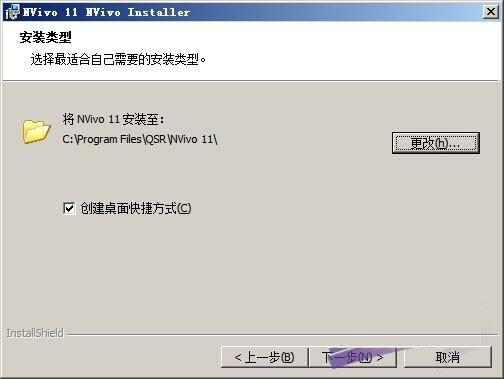


Open NVivo, on the File tab, click Open > Browse.To initiate the conversion of an older major-version project to a newer major version: NVivo recognizes the project's version and offers to create a copy and convert it. license key number (not usually required, as you use your myNVivo account to activate NVivo Activating NVivo).In the ribbon, click File, then Product Info > About NVivo.It is possible to move projects between the NVivo Windows and Mac platforms provided they have the same major version numbers Windows & Mac. Identify NVivo version number you can open a project created in NVivo release 1.4 in release 1.5, and vice versa (with the exception, noted above, that release 1.6 and following projects cannot be opened in release 1.5 or earlier). Version compatibility is important for users trialing the latest version of NVivo-if you are trialing NVivo (release 1) you can open a version 12 project in it (copied and upgraded) but any changes you make in the copy cannot be saved in a format that you can open in version 12. NVivo release 1.0 to 1.5 and earlier projects needs to be copied and upgraded in order to open in NVivo release 1.6 or later. There are database changes between versions which prevents backward compatibility. IMPORTANT Projects created in newer major versions such as NVivo release 1.6 cannot be opened in NVivo release 1.0 to 1.5, NVivo version 12, or earlier. you cannot open release 1 projects in NVivo version 12. Projects created in newer major versions cannot be opened in older major versions-e.g. you can open version 12 projects in NVivo release 1-the older-version project file is copied and the copy formatted for the newer version-the original file is not changed. Projects created in older major versions can be opened in newer major versions-e.g. See Identify NVivo version number below to identify the version number of your installation. version 11 or 12, or release 1) and a minor number (the number after the decimal point, e.g.


NVivo versions are identified by a major number (the number before the decimal point, e.g.


 0 kommentar(er)
0 kommentar(er)
